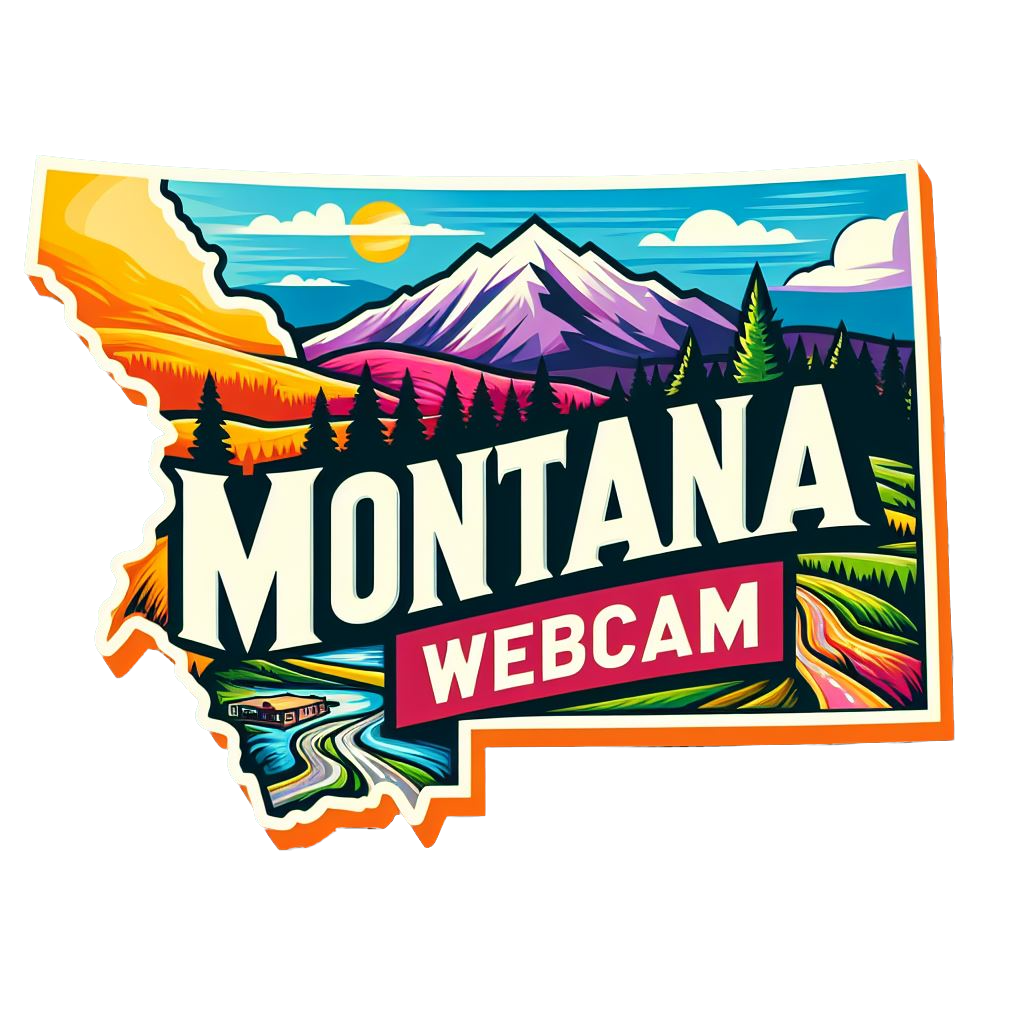Browning, MT Weather Cams
Browning Starr School Airport Weather Cams
Browning, Montana: A Blackfeet Hub at the Edge of Glacier National Park
Browning, MT Weather Cams. Nestled in the northwestern corner of Montana, at the eastern edge of Glacier National Park, lies the small town of Browning. As the largest community on the Blackfeet Indian Reservation, Browning serves as the governmental and cultural center for the Blackfeet Nation. Its history is deeply intertwined with that of the Blackfeet people, reflecting the complex narrative of Native American relations with the United States government and the ongoing struggle to preserve indigenous culture in the face of modernization.
The story of Browning begins long before its official founding, in the vast prairies and mountains that the Blackfeet people called home for thousands of years. The Blackfeet, or Niitsitapi, were renowned as fierce warriors and skilled buffalo hunters. Their territory once stretched from the North Saskatchewan River in Canada to the Yellowstone River in Montana, encompassing much of the northern Great Plains and the eastern slopes of the Rocky Mountains.
The arrival of European explorers and fur traders in the 18th and early 19th centuries brought significant changes to the Blackfeet way of life. The introduction of horses revolutionized their hunting and warfare capabilities, while trade goods like guns and metal tools altered traditional practices. However, these interactions also brought devastating diseases that decimated the Blackfeet population.
As American settlers pushed westward in the mid-19th century, conflicts with the Blackfeet intensified. A series of treaties gradually reduced Blackfeet territory, culminating in the creation of the Blackfeet Reservation in 1855. This reservation, while still vast, was a fraction of the tribe’s original lands.
The town of Browning itself was established in 1879 and named after Daniel M. Browning, who later served as Commissioner of Indian Affairs from 1893 to 1897. The town’s founding coincided with the construction of the Great Northern Railway through the area, which brought increased contact with outside influences and economic opportunities.
In the late 19th and early 20th centuries, the U.S. government implemented policies aimed at assimilating Native Americans into mainstream American society. These policies had a profound impact on Browning and the Blackfeet people. The Dawes Act of 1887 divided reservation lands into individual allotments, disrupting traditional communal land use practices. Government-run boarding schools, established to educate Blackfeet children, often attempted to erase native language and culture.
Despite these challenges, Browning emerged as a center of Blackfeet culture and governance. The town became the headquarters for the Blackfeet Tribal Business Council, the governing body of the Blackfeet Nation. Throughout the 20th century, Browning was at the forefront of efforts to preserve Blackfeet language, traditions, and sovereignty.
The creation of Glacier National Park in 1910 brought both opportunities and challenges to Browning and the Blackfeet people. While the park attracted tourists and provided some economic benefits, it also restricted access to traditional Blackfeet lands and sacred sites. The relationship between the Blackfeet Nation and the National Park Service has been complex and sometimes contentious, with ongoing negotiations over land use, resource management, and cultural preservation.
Education has played a crucial role in Browning’s development. The town is home to Blackfeet Community College, founded in 1974, which offers higher education opportunities while emphasizing Blackfeet culture and language. The college has been instrumental in training tribal members for leadership positions and preserving cultural knowledge.
Throughout its history, Browning has faced significant economic challenges. The town has consistently struggled with high unemployment rates and limited economic opportunities. However, various initiatives have sought to address these issues. The development of the Museum of the Plains Indian, established in 1941, showcases Blackfeet art and history while attracting tourists. More recently, renewable energy projects, including wind farms on the reservation, have provided new sources of income and employment.
Browning’s climate presents unique challenges. The town is known for its extreme weather, particularly its fierce winds and heavy snowfalls. In 1916, Browning experienced the greatest temperature drop ever recorded in a 24-hour period in the United States, plummeting from 44°F to -56°F. This harsh environment has shaped the character of the town and its residents, fostering resilience and adaptability.
The late 20th and early 21st centuries have seen a resurgence of interest in traditional Blackfeet culture, both within the community and beyond. Efforts to revitalize the Blackfeet language, preserve traditional arts and crafts, and document oral histories have gained momentum. The annual North American Indian Days celebration, held in Browning each July, has become a major event, attracting visitors from across North America to experience Blackfeet culture.
In recent years, Browning has faced new challenges, including the impact of the opioid epidemic and the need to adapt to climate change, which threatens traditional plant and animal species important to Blackfeet culture. The COVID-19 pandemic also hit the community hard, highlighting longstanding healthcare disparities.
Despite these challenges, Browning continues to evolve and adapt. The town has seen improvements in infrastructure, including new schools and healthcare facilities. There’s a growing emphasis on sustainable economic development, with initiatives focusing on eco-tourism, cultural tourism, and traditional agriculture.
As Browning moves into the future, it remains a vital center of Blackfeet culture and sovereignty. The town’s history reflects the broader story of Native American resilience in the face of immense challenges. Today, Browning stands as a testament to the enduring spirit of the Blackfeet people, balancing the preservation of traditional values with the demands of the modern world.
The story of Browning, Montana, is far from over. As the Blackfeet people continue to assert their rights, preserve their culture, and shape their future, this small town at the edge of Glacier National Park will undoubtedly play a crucial role in the ongoing narrative of Native American life in the United States.
For more information, visit the official Browning, MT website.
